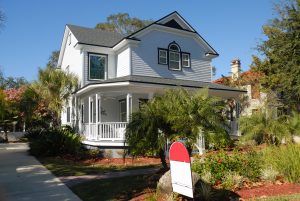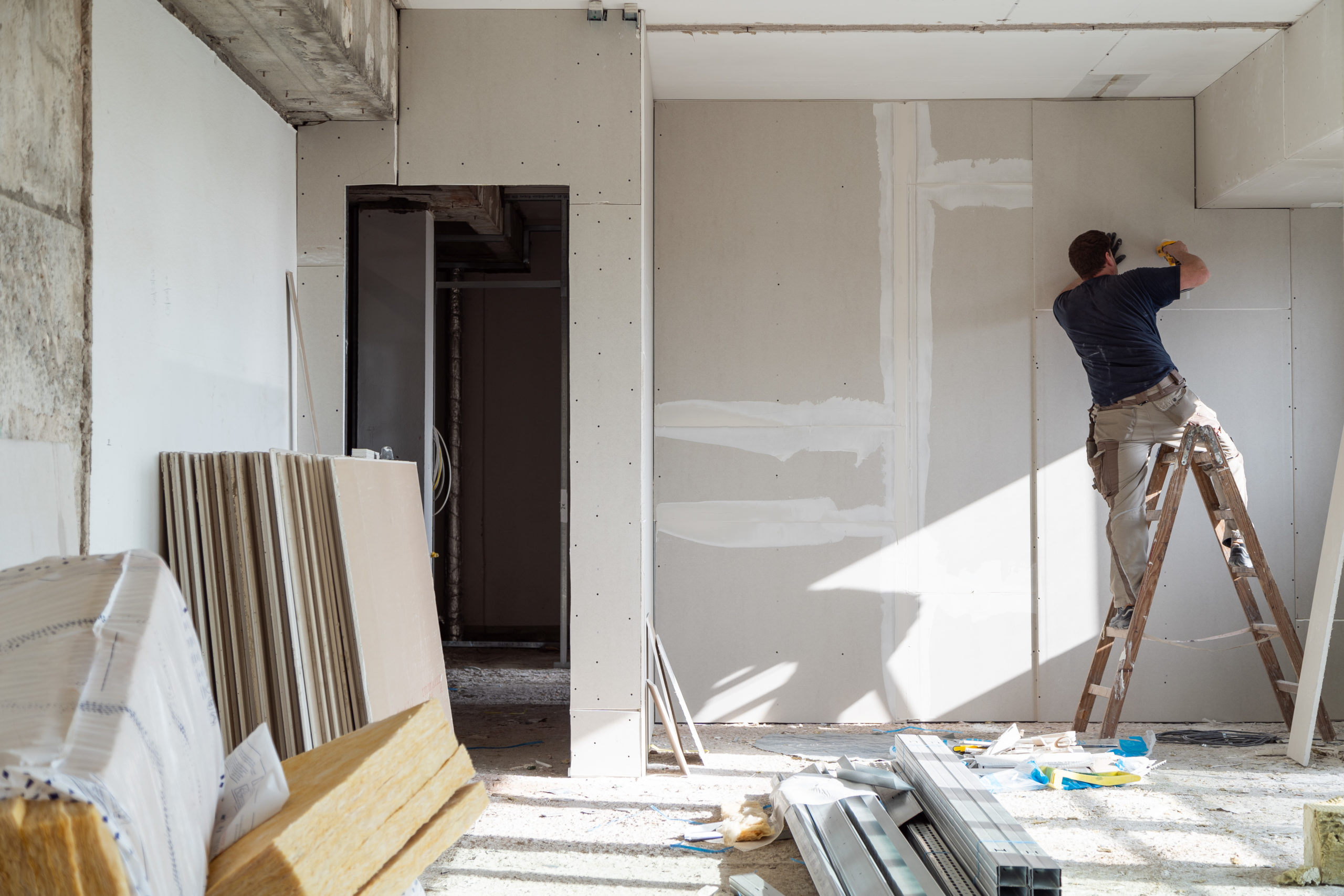As states begin to open their economies in an effort to recover from the COVID-19 pandemic, new opportunities will arise in real estate as others start to close. From the looks of it right now, commercial real estate is going to have a slow recovery. That will likely include multifamily, though retail and office space is likely to have a slower recovery. But there is one area of real estate that could see a new surge coming out of the crisis: Fix and Flip property investing.
There are two primary reasons, and heads and tails of the same coin if you will, that will likely drive this surge.
- First, as landlords will likely raise rents to make up for lost revenues in the last three months
- New construction will slow down as new home sales fall
6 Economic Indicators Coming Out of the COVID-19 Crisis
There are several economic drivers impacting real estate during the COVID-19 pandemic crisis, and these drivers are likely to continue impacting real estate for the next few months. The most obvious of these drivers is the high unemployment rate, but it’s not the only driver. Let’s look at five of the biggest economic indicators for the COVID-19 recovery.
- There have been 36.5 million unemployment claims since the coronavirus crisis kicked off in March. Most of those happened in April when there was a sharp uptick in claims due to states shutting down non-essential businesses. Even as states begin to open up their economies, even though unemployment claims are tapering off, many workers are opting to stay on unemployment because they can make more than they can on their jobs. That means fewer new home sales as unemployed persons are not likely to qualify for home loans.
- New residential sales in March 2020 fell 15.4 percent from the revised February 2020 estimate of 741,000. With unemployment reaching a staggering rate, I would expect sales in April to have hit the floor. We won’t know for sure until next week, but a decline in new residential sales would mean that rentals and existing residential homes likely were in demand in places where such transactions could take place. With unemployment as high as it is, it’s likely that fewer people are moving. Those who do move are likely moving in with family or downsizing to rental properties.
- New residential construction fell 22.3 percent below the revised February 2020 estimate of 1.5 million. This will impact new residential sales going forward. Coming out of the COVID-19 crisis, fewer people will be in the market for a new home. They will either have to purchase older homes of lesser value, rehabilitated homes, or rent.
- Total U.S. business sales were down 5.2 percent in March 2020 compared to February 2020. Considering the shutdown of nonessential businesses did not take place for most states until late March and early April, it’s a sure bet that April’s figures are even bleaker. Add to that the total U.S. business inventories for March 2020 were down 0.2 percent, the indication is that the manufacturing and trade sector isn’t looking so good. When manufacture and trade falls, it impacts real estate sales.
- Retail and foodservice sales in the U.S. for April 2020 decreased 16.4 percent from March 2020. Since restaurants and foodservice businesses are some of the largest real estate investors, this will have a major impact on commercial real estate for the new few months or years.
- March 2020 sales of merchant wholesalers were down 5.2 percent from February 2020. Again, this will have a major impact on commercial real estate going forward.
These figures are taken from the U.S. Census Bureau.
Current sales impact future investment. If businesses, retailers, and commercial construction enterprises are losing sales today, or have seen a significant drop in sales and inventory recently, they will be reluctant to invest large amounts of capital in real estate projects until they can see an increase in these numbers. That increase will not come until several months after full recovery from COVID-19.
While commercial real estate and residential real estate sales may be suffering, people are still going to need a place to live. For that reason, I suspect renting and fix and flip investing to pick up in the near future.
Why Fix and Flip Investing Will Carry Real Estate for the Rest of 2020
 When it comes to shelter, people have three options. They can rent, they can buy new, or they can buy an existing home. With new construction and new home sales in decline as a result of high unemployment and mandatory nonessential business shutdowns, that leaves the inventory for single-family homes to remain in the existing home market.
When it comes to shelter, people have three options. They can rent, they can buy new, or they can buy an existing home. With new construction and new home sales in decline as a result of high unemployment and mandatory nonessential business shutdowns, that leaves the inventory for single-family homes to remain in the existing home market.
Landlords haven’t fared too well in the current market either. In some states, like Pennsylvania, landlords are prevented from evicting tenants if they are unable to pay the rent. That means when the COVID-19 crisis is over, it is likely they will raise the rent. This could drive some tenants to the single-family ownership market where renovated homes can attract their attention.
Another consideration is the mortgage market.
According to Bankrate, the 30-year fixed-mortgage rate fell 3 basis points at the beginning of the month. That puts it at 3.52 percent. The 15-year fixed-mortgage rate is down 15 basis points to 3.03 percent.
With unemployment high, fewer people will be in the mortgage market. Those who are will be looking for smaller and more affordable homes, not new construction in the best neighborhoods. Also, new construction and new home sales being in decline mean less inventory, which will drive more home buyers to the rehab market. And it’s likely that mortgage rates will fall some more before they go up again. These are prime conditions for a new surge in fix and flip properties where private investors can take an older home in need of repairs, give it the attention it needs then put it back on the market in time for newly re-employed workers to recover from the financial setback caused by COVID-19.
This is the short-term outlook. Assuming a vaccine is discovered by mid-2021, we should start to be a recovery in the commercial real estate market, including retail and multifamily, and see a rise in new home construction by the end of next year.
To fund this surge in fix and flips, I see marketplace lending continuing to be an option for most investors as the economy recovers. Do your due diligence and go with those platforms with a proven track record.


